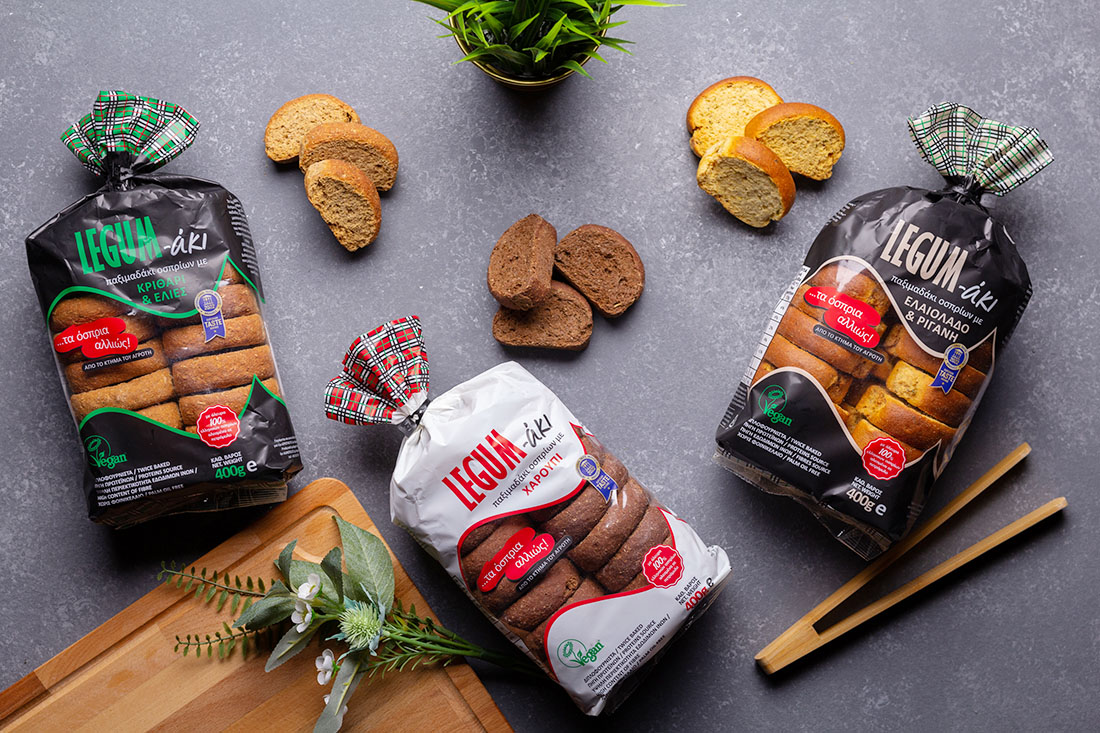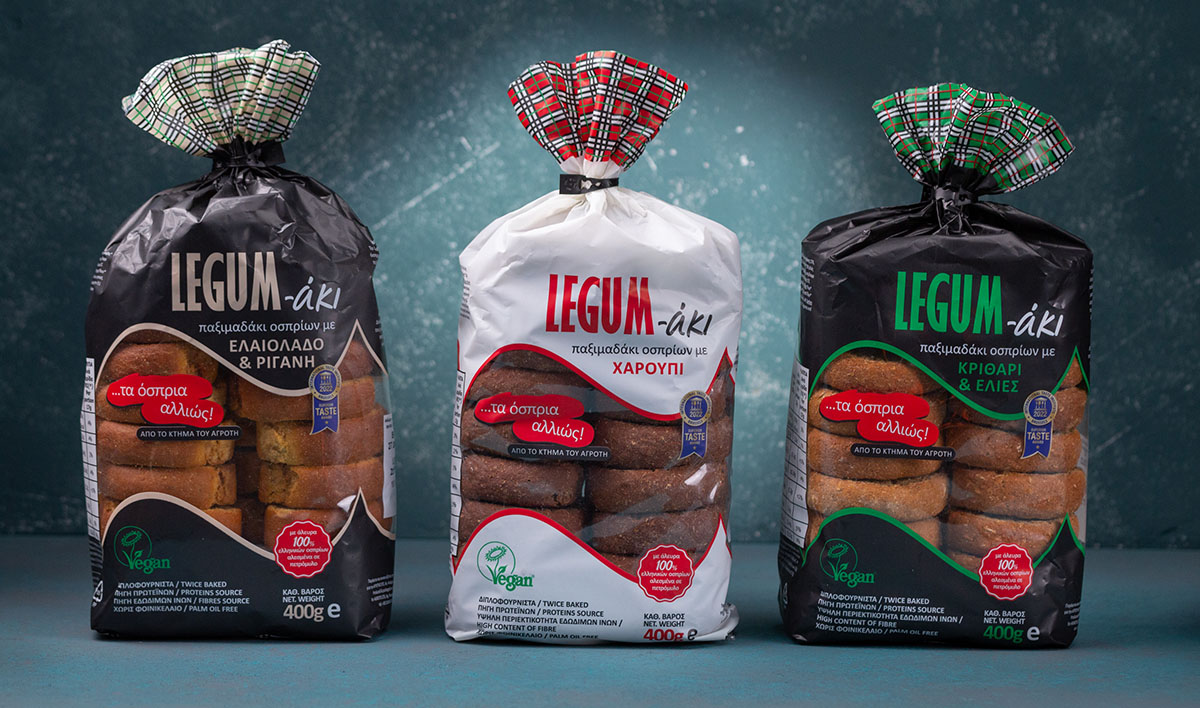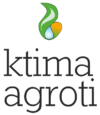Legumes in a different way…
Along with cereal, legumes have been the dietary basis for the majority of Greeks since ancient times. We have also known about the rusk, whose original name was ‘dipyritis artos’ (loosely translated as twice baked bread) because it was baked twice, since ancient times.
The rusk was considered the bread of those who were not wealthy of the time who could not afford to bake fresh bread every day. For this reason, they baked the bread at a low temperature so that it would discard its moisture and could be preserved for a long time.
The Venetians brought it to Crete, besieged by the Ottomans, from their military campaigns, since it was the only product that could be kept unchanged for a long time (from months to years).
Legumaki was born from the legumes of the fertile Thessalian plain and is produced in the traditional way that Cretan rusk is produced. It is a product of Mediterranean diet, which is superior to the nutritional value of traditional rusk, due to its content of LEGUMINA series flours, which contain the valuable nutrients of Greek legumes (lentils, chickpeas, fava).
Twice baked and with their own unique taste, they are an essential ally of a healthy diet.
With 100% Greek legume flour ground in a stone mill


Healthy dietary standards
Legumaki has a characteristic shape of a dako and in combination with various other flours it contains such as barley, carob, etc., it has particularly beneficial elements for the human body.
- Abundant fibre
- Source of protein
- Vitamins of the vitamin B, vitamin A, vitamin D, vitamin E complex
- Trace minerals (e.g. magnesium)
- Phosphorus, potassium, silicon, iron, calcium


